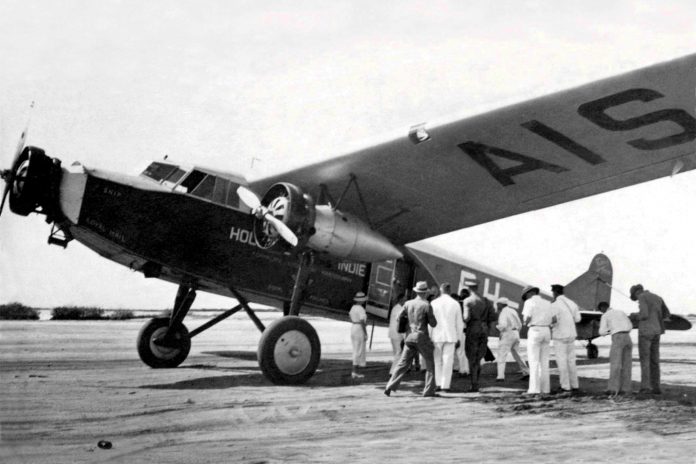Article by Etnia Nativa call us 592 2702 and book your experience!
Destination values, native heritage, and cultural identity are what we advocate for in our own particular way of safeguarding all reasons to love Aruba. Etnia Nativa, through this cultural blog, “Island-Insight,” shares native cultural awareness, educates, and safeguards native heritage. It is how we encourage you to experiment with an island-keeper state of mind during your stay.
It was in 1933 that the former Lieutenant Governor of Aruba, Mr. Wagemaker, presented the first construction plans for building an airport for the island in a place called Dakota in the area known as Wayaca, located on the south coast of the island.
The airfield was renamed Dakota Field, and the terminal facilities became the Dakota Airport.
A weekly mail and passenger service between Aruba and Curacao was established in 1934. Airlift services were operated from a mud track, with the Dutch Airline Company, KLM, taking over commercial services at the end of the same year. The airfield was adapted sometime later, and these services were transferred to a graded track known after as the KLM field.
In 1937, an Air Traffic Radio Station was added, which at the same time became the first passenger handling building on the island.
During World War II (1942), the airport was used by the United States Air Force with the aim of defending the navigation of the Caribbean Sea and the Panama Canal against German submarines, thus establishing a US military base on our island. In this same year, the construction of a new terminal building began on the south side of the runway, transforming the old terminal building into the Fire Department garage. This continued until 1950, when the second airport terminal building was inaugurated and installed shortly after the first fire trucks arrived to serve the airport.
In October 1955, Dakota Airport was renamed Princess Beatrix of the Netherlands, and the opening ceremony was conducted by Prince Bernard himself on the occasion of a royal visit. It was renamed in 1980, after her accession to the throne, as International Airport Reina Beatrix.
or Queen Beatrix. On March 3, 2021, American Airlines celebrated 50 years of flying to and from Aruba.
Currently, Queen Beatrix International Airport is an international airport located in Oranjestad, Aruba. It has flight services to the United States, several Caribbean countries, the northern coastal countries of South America, Canada, as well as many parts of Europe, notably the Netherlands.Thousands of tourists arrive daily from different parts of the world, and it is the first airport to receive Green Globe certification.This certification is a structured assessment of the sustainability performance of travel and tourism companies and their supply chain partners.
The Aruba NV Airport Authority is the authority that operates and manages our Queen Beatrix International Airport today. The AAA has a double function since it operates an outstanding Caribbean airport, the financially self-sustaining, safe, and customer-oriented Queen Beatrix International Airport, as well as creating a successful airport business community, contributing to the economic growth and development of the island.
Intrigued by Aruba`s origins and its cultural heritage? Then we encourage you to do something outside of the tourist grid. Become one of the exclusive visitors of Etnia Nativa, a private residential encounter set up, where you will be able to touch and be touched by authentic Aruba heritage, a spectacle of native art, archaic as well as archaeological artifacts, lithic tools, colonial furniture, and other items of the island’s bygone era. Get inside a recycled environment full of peace, relaxation, knowledge, and information.
Etnia Nativa is, since 1994, the home of Anthony, our acclaimed columnist, artist craftsman, and island Piache, who guides and lectures you through his resplendent collection. E.N. is the only place that recreates and introduces you to an authentic glimpse into Aruba’s native cultural heritage. Something completely different for a change—a contemporary Native Aruba experience!
Appointment is required + 297 592 2702 or etnianativa03@gmail.com.

















